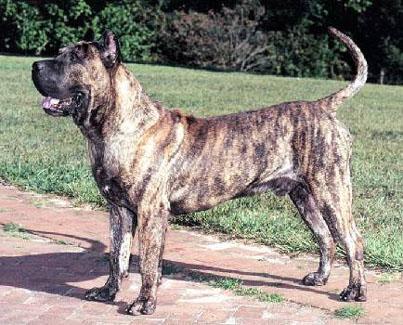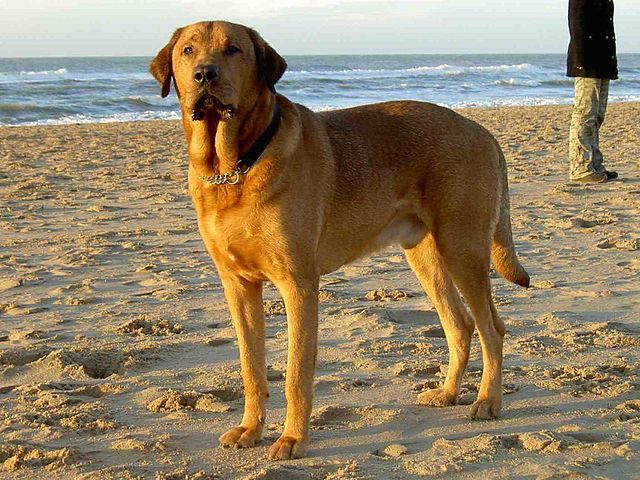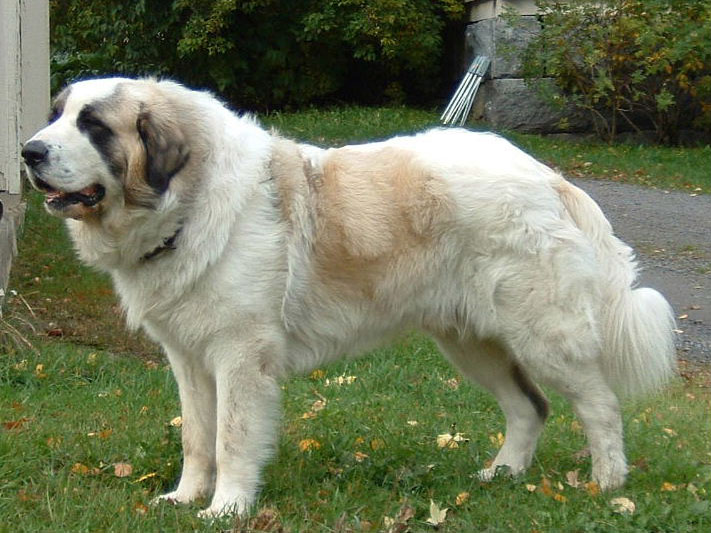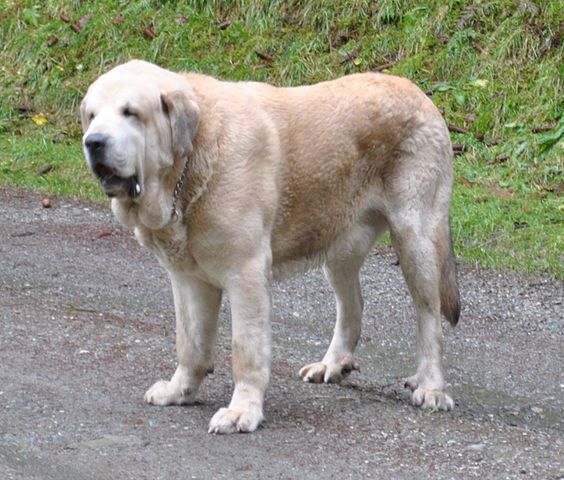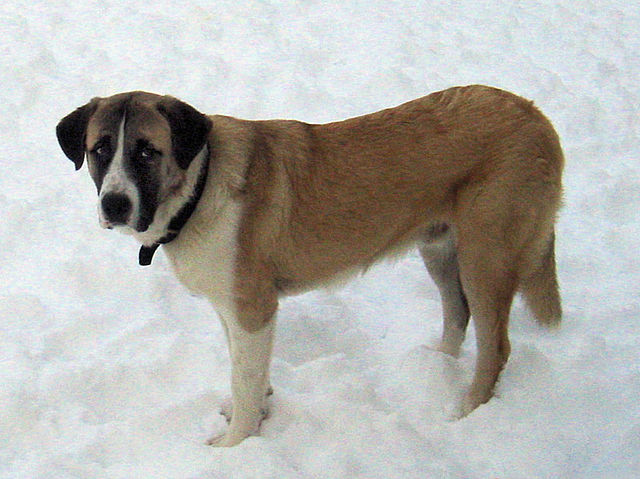The Estrela Mountain Dog is brainy, valiant and vigilant. This imposing-looking molosser breed is a gentle giant with the family (including children), but will stop at nothing to protect his charges. Originally used as a Livestock Guardian Dog, although he still can be used for this purpose today, in leu of a flock he will use his protection abilities for the humans he loves instead. This breed tends toward being dominant and needs the right owner in addition to early training and socialization so as to not become too much to handle. Even well-raised Estrelas are often domineering as well as suspicious of strangers. This said, the breed is extremely loyal, loving and affectionate to those whom he lives with, and will form a particularly close bond with his favorite member of the family.
Estrela Mountain Dogs enjoy spending time with their owners but are not generally demanding dogs. This is not to say that they aren’t without their drawbacks, however. Estrelas, as the alert guardians that they are, have no qualms about using their voices often and freely. This is not a quiet breed, particularly if one lives in an area where there are many sights and sounds to bark at! The breed also requires a very high fence. Once they get out, they will often try to escape repeatedly (having gotten a taste of freedom). It’s best to keep them in the yard from the beginning so as to not start this “game”.
The Estrela can be either longhaired or shorthaired and both coat lengths should be brushed once a week at minimum. With the correct coarse coat texture, they are not particularly difficult to brush or to groom. Like all dogs, nails, teeth and ears must be checked regularly and taken care of. The coat will require baths when it gets dirty – and the bath will help pull out any dead undercoat at the same time.
EMDs can be playful when engaged in exciting endeavors, particularly when they are young. As they grow older they will calm down and be fairly easy to live with. Despite their serene and laid-back energy level, they don’t make good apartment dogs and instead require room to really stretch their legs. Remember – this breed was tasked with safeguarding flocks on huge tracts of land! They evolved to have plenty of endurance and stamina to do this job, and if they are crammed into too small of a living space with nothing to do, can become frustrated and destructive. All this said, they can live in smaller spaces if the owner is willing to walk the dog much more frequently and dedicate plenty of time to giving the dog an enriching life.
The Estrela doesn’t tend to be an expensive breed to care for compared to some breeds, as they eat relatively little for their size and tend to do better on low protein foods. The breed is also fairly healthy (there aren’t any health issues that arise frequently – hip dysplasia is seen occasionally but is not common) and they often live an average of 12 years. Although this large-giant breed may look enormous (and their thick coat makes them appear even larger) they are actually quite agile and hardy. Another plus – unlike similar breeds, the Estrela isn’t prone to excessive drooling.
When it comes to training, The EMD has an independent nature and will take more effort than other breeds. Without the right motivation he prefers exploring and guarding more than performing. The amount of time an owner puts into training (as well as the skill of the owner) equals the performance of the dog. Be prepared to have a sense of humor if venturing into competitive obedience! The breed has a stubborn nature although is actually quite intelligent. It is said that they are so intelligent that they try and convince their owners that they are stupid! Quite a clever ruse for getting out of work….
Estrella Mountain Dogs tend to do well around other dogs as long as they were socialized well. Many prefer to be the only-dogs in the family but will get along with other dog housemates – again, if socialized. They also don’t tend to chase or hurt other animals, with the exception of any animal whom they might see as a threat to their “pack” (humans and family pets). They have a fairly low prey drive so they are often trustworthy with cats.

Photo By Traceywashere at the English Wikipedia

